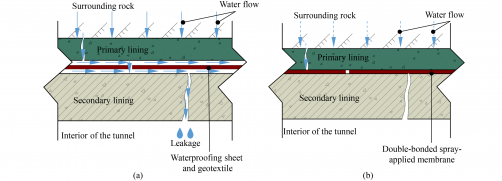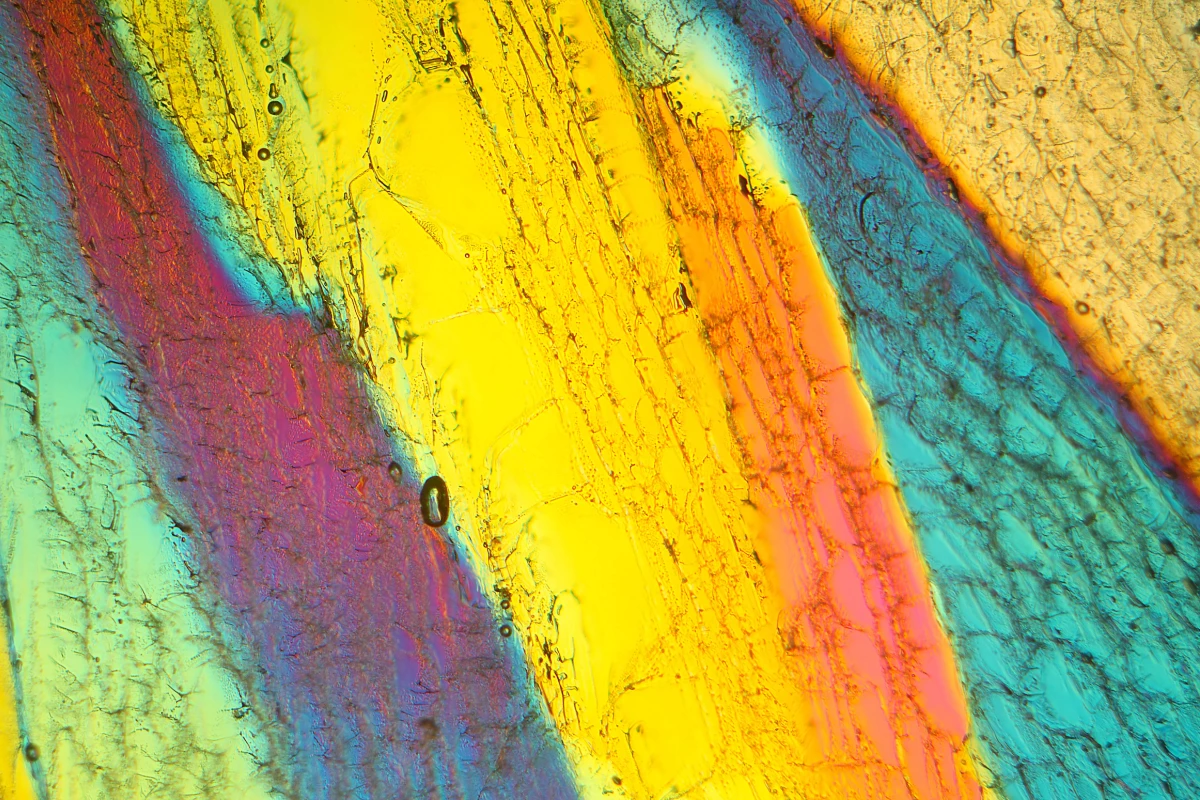A research team has introduced a groundbreaking tunnel waterproof-drainage system designed to combat the persistent issue of water leakage in tunnel engineering. This innovative approach, detailed in the study titled “A Novel Tunnel Waterproof-Drainage System Based on Double-Bonded Waterproofing Materials and Its Seepage Characteristics,” aims to enhance structural safety and prolong the lifespan of tunnel linings.
Traditional waterproofing systems often depend on non-bonded waterproof sheets, which are prone to failure. Water can flow between these layers, leading to leaks that compromise the integrity of tunnels. In contrast, the new system utilizes double-bonded spray membrane waterproofing materials, which not only provide superior waterproofing but also support the load-bearing capabilities of tunnel linings. However, these materials traditionally block interlayer water flow, complicating drainage in tunnels.
To address this limitation, the research team, including experts from Central South University and Shenzhen University, developed a system based on the “localized drainage and pressure reduction” concept. This novel waterproof-drainage system integrates four key components designed to work collaboratively, ensuring efficient water management in tunnels.
Components of the Waterproof-Drainage System
The first component is the waterproof system itself, which consists of a double-bonded spray membrane positioned between the primary and secondary linings, excluding the arch section. The secondary lining is reinforced with concrete for additional durability.
The second component, the upper circumferential drainage system, features plastic drainage sheets located between the membrane and primary lining, along with transversal guide pipes. This design directs groundwater towards longitudinal pipes leading to a central ditch.
The bottom circumferential drainage system collects surrounding rock groundwater through bottom drainage blind pipes and vertical guide pipes, channeling water efficiently to the central ditch. Finally, the longitudinal drainage system connects transversal drainage to discharge groundwater outside the tunnel, utilizing longitudinal blind pipes and side ditches.
Numerical simulations were conducted to analyze the system’s seepage characteristics under steady-state conditions. The results revealed distinctive water pressure distributions on the secondary lining. Notably, the pressure exhibited a “mushroom-shaped” distribution circumferentially and a “wave-shaped” profile longitudinally, with the lowest pressure recorded at the circumferential drainage.
Performance and Applicability
Comparative tests conducted under standard conditions, including a water head of 160 meters and rock permeability of 10−6 m/s, demonstrated the effectiveness of the new system. The maximum secondary lining water pressure reached 0.6 MPa, which is significantly lower than both fully encapsulated waterproofing systems, which recorded 1.7 MPa, and traditional drainage systems at 0.86 MPa.
The system has proven to reduce static water pressure by at least 40% across various groundwater environments. In ultra-low permeability strata, this reduction can reach approximately 85%. The adaptability of the system further enhances its appeal; bottom blind pipes are most effective in high-permeability rock, while upper drainage sheets excel in low-permeability conditions.
The comprehensive study authored by Xiaohe SUN, Chenghua SHI, Guoqing XIAO, Yangyang GE, and Chengyong CAO provides valuable insights into addressing one of the most pressing challenges in tunnel engineering. The full text of the paper is accessible online at https://doi.org/10.1007/s11709-024-1100-4, offering further details on the innovative system and its implications for future tunnel construction and maintenance practices.







